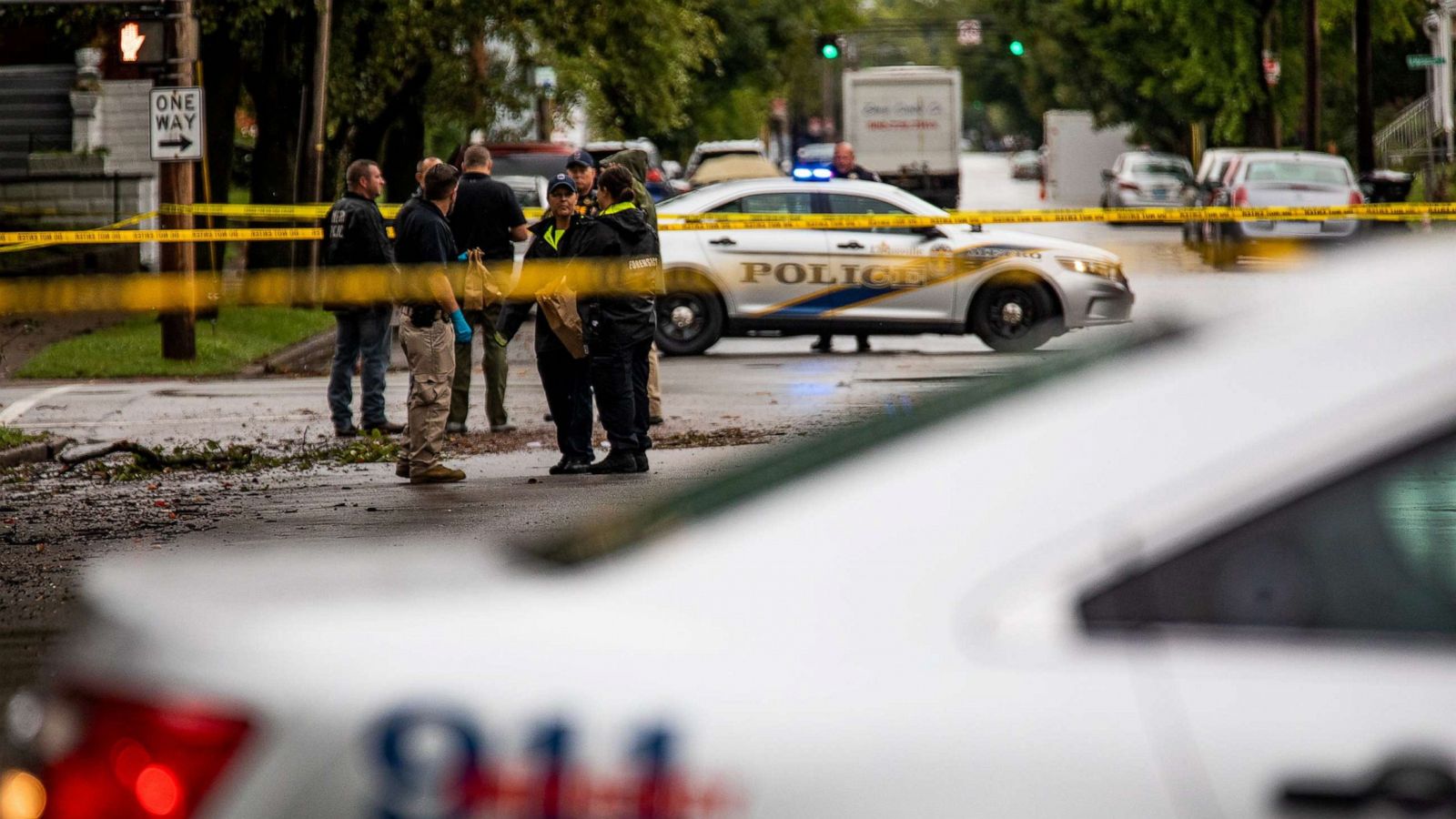Crime on the Rise: A Look at America’s Most Dangerous Cities

With headlines of rising crime rates, it can be easy to forget that certain areas of the country have experienced more drastic increases than others. But those same cities—and their residents—aren’t just statistics; their stories are an important part of understanding the issue and looking for solutions.
In this post, we take a close look at America’s most dangerous cities, examining what causes the sharp rises in criminality and offering potential remedies that could help bring peace back to these troubled places. Join us as we explore how life on the streets has changed in some of our nation’s metropolises and discover together how best to keep communities safe from harm.
Detroit, Michigan
Known as the Motor City, Detroit has long struggled with crime. High rates of poverty, unemployment, and a declining population have contributed to the city’s challenges. Detroit consistently ranks among the cities with the highest violent crime rates, including homicides and robberies.
However, community organizations and law enforcement agencies have been working tirelessly to implement strategies aimed at reducing crime and revitalizing the city.
St. Louis, Missouri
St. Louis has garnered a reputation for its high crime rates, particularly in relation to violent crimes. Factors such as socio-economic disparities, racial tensions, and drug-related issues have contributed to the challenges faced by the city.
Community-based initiatives, along with increased police presence and targeted law enforcement efforts, aim to address the root causes of crime and improve public safety.
Memphis, Tennessee
Memphis, situated along the Mississippi River, has struggled with crime for years. The city faces significant challenges related to gang activity, drug trafficking, and poverty. These factors have contributed to high rates of violent crime, including homicides and aggravated assaults.
Local authorities have implemented various strategies to combat crime, including community outreach programs, increased surveillance, and partnerships with federal law enforcement agencies.
Baltimore, Maryland
Baltimore, a city with a rich history, has faced persistent challenges related to crime and violence. Factors such as poverty, drug addiction, and gang activity have led to high rates of homicides and other violent crimes.
Community organizations, law enforcement agencies, and city officials have been working collaboratively to implement innovative crime prevention programs, improve community-police relations, and revitalize neighborhoods affected by crime.
Oakland, California
Located in the San Francisco Bay Area, Oakland has struggled with high levels of violent crime, particularly gang-related activity and gun violence. Socio-economic disparities, limited job opportunities, and a history of community-police tensions have posed significant challenges for the city.
To combat crime, initiatives such as community policing, youth intervention programs, and investment in social services have been implemented, with the goal of creating safer neighborhoods and providing opportunities for at-risk individuals.
Birmingham, Alabama
Birmingham faces several complex issues contributing to its high crime rates. Poverty, a history of racial tensions, and the illegal drug trade have impacted the city’s safety.
The local authorities have implemented comprehensive strategies, including community engagement programs, specialized law enforcement units, and educational initiatives, to address crime and create a safer environment for residents and visitors.
Albuquerque, New Mexico
Albuquerque has struggled with a range of criminal activities, including property crimes and drug-related offenses. Socio-economic disparities, drug addiction, and gang activity have been major contributing factors.
The city has taken steps to combat crime by increasing the police force, enhancing community policing efforts, and implementing specialized programs aimed at reducing drug-related crimes.
Cleveland, Ohio
Cleveland has faced challenges related to crime and public safety, particularly in certain neighborhoods. Poverty, unemployment, and issues associated with drug abuse have impacted the city’s crime rates.
Law enforcement agencies, community organizations, and local residents have been working collaboratively to address crime through initiatives such as neighborhood watch programs, youth mentorship, and increased police presence.
Conclusion
America’s most perilous cities confront multifaceted obstacles concerning crime, poverty, and socio-economic inequalities. Despite these cities having a documented history of elevated crime rates, it is crucial to acknowledge the ongoing initiatives aimed at tackling these problems and enhancing public safety.
Community involvement, law enforcement tactics, and social programs are crucial components in lowering crime rates and establishing safer surroundings for inhabitants.
By prioritizing comprehensive strategies that target underlying causes and offer assistance to vulnerable individuals, these cities can strive for a future where safety and prosperity are within everyone’s reach. Additionally, incorporating bulletproof backpacks level 3 can provide an added layer of protection for individuals in these high-risk areas.




























